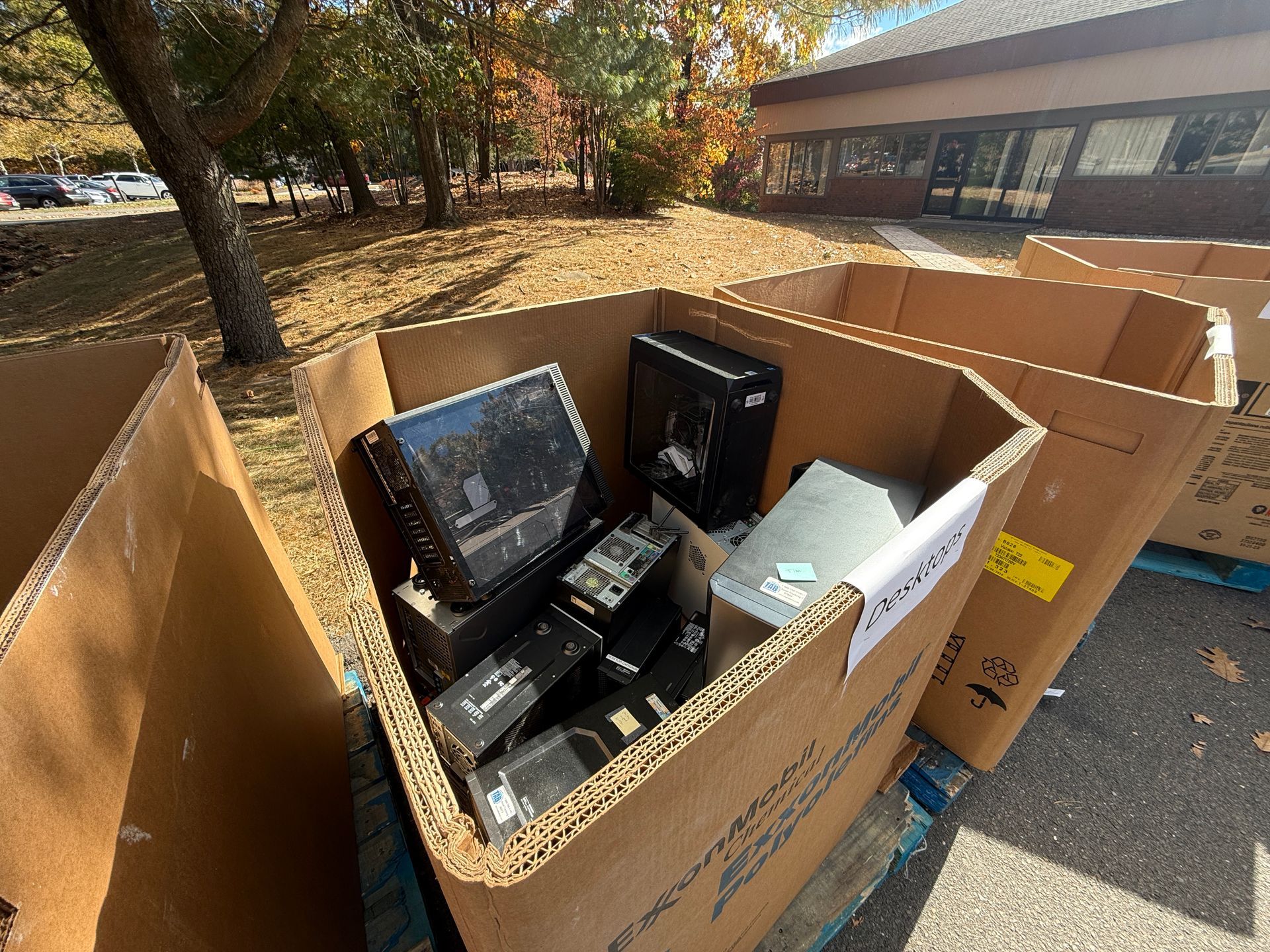4 Steps to Keeping Your Backups Safe from Ransomware
Organizations have depended on backup techniques for decades to assist them in recovering from IT calamities like ransomware. Regrettably, newer ransomware attacks are increasingly targeting backups and also production systems, complicating the issue.
Numerous company infrastructures breakdowns have resulted in massive monetary losses as a result of ransomware. If the payment isn't completed, the average price of resolving a ransomware assault is over $730,000. Interestingly, if the heavy price is paid, the total rises to $1.4 million.
Another concerning aspect regarding ransomware outbreaks is that they surged by 150 percent in 2020 as individuals began to appreciate distant working or work from home. It's a risk that no company could stand to overlook. To be honest, there are no solutions that will entirely safeguard you from ransomware. As a result, the best course of action is to guarantee that the organization is ready to recover following an assault. It's vital to protect your data backup during this procedure.
Ransomware protection backup and recovery in 4 simple steps
1. Create a Backup
The initial step is to prepare your backup. It should be done appropriately and on a frequent schedule. We recommend implementing a 3-2-1 backup system. You'll require a minimum of three complete duplicates of your information to do it effectively. Minimum two on-site or regional backups, and minimum one off-site backup on distinct media or devices.
You'll have a better chance of recovering your data if you have many copies. Although if one of your backups is unavailable owing to ransomware attacks or other causes, you could still retrieve your information.
2. Validate the recovery and backup procedures
The next step is testing your backups on a constant schedule to check that they are working properly. Factors such as misplaced software install discs and license keys that do not renew after recovery are regular discoveries throughout the tests. As a result, data like installing discs and licensing keys should be stored separately from your backups.
Making plans for a routine examination. The frequency with which you do the tests is determined by the severity of your risks and the significance of the findings. Because various firms have varying degrees of endurance, a single backup plan does not serve all demands. If you're unsure about how regularly you must check your backup, you could always get advice from a professional in the area.
3. Make a plan and document it
Finally, you must design and record your strategy. It's simple to get lost or waste time trying to figure out things to do when you're in a hurry. Simply said, making and recording your strategy in advance reduces stress and eliminates mistakes.
Your Recovery Time Objective (RTO) & Recovery Point Objective (RPO) are two items to remember when you create your strategy. RPO is a metric that measures how much information a company could manage to give up between backups. RTO, on the other hand, indicates the amount of time it takes for a unit to recover.
Additional tip: Accounts Receivable or Payable and Payroll are two types of data to pay special consideration to while building the strategy. The recovery and reconstruction of these data sets should usually be your main priority.
4. Keep backups and production separate
Lastly, we recommend backing up your files off your domains to maintain them safe. We further suggest that you choose a login and passcode that are distinct from the administrative access. If at all feasible, avoid using a login ID that is similar to your email account format.
Certain network operators additionally improve your protection by segregating your backups and production environments.
Bonus Recoveries Ideas
Identical ransomware assaults might still happen after a system has been restored. This does not rule out the possibility of ransomware reloading during the recovery process. Many of the time, it's impossible to pinpoint the exact day when a ransomware assault began. There's always the risk of recovering a backup that contains malware.
We recommend that you just restore data to avoid this from occurring. Rather than restoring the entire program, do new application installations. You could reduce the possibility of ransomware reloading throughout network restoration by merely retrieving data.
WE ARE PROUD TO BE
More Recent News







